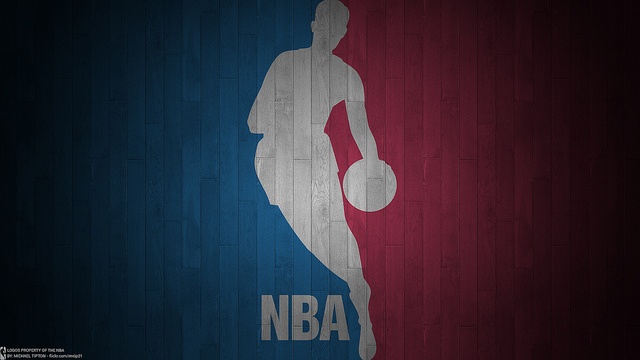
Two of my favorite things are advertising/branding and the National Basketball Association. Seeing Steph Curry hit a crossover step back inside of a triple team for the third time in the quarter has a strangely similar effect on me as seeing an incredible ad campaign that is both innovative and strategic. Perhaps it is because both are so smooth and effective that the end result is just a visually appealing product that anyone can appreciate. Perhaps it is the appreciation of the knowledge that both are only possible because of hours and hours of behind the scenes work and dedication. Or maybe it is because if I had complete control over my career path I would probably be taking a cab from the ad agency I own to Phillips Arena to suit up as the starting point guard for the Atlanta Hawks. Regardless of the reasons behind my love for these two things or my lack of consistent ball handling skills keeping me undrafted for the third straight year, I can’t help but connect these two entities in my mind. The NBA is currently exemplifying a crucial component of brand strategy, which is identifying who you are, embracing this characteristic, and building off of it.
Change hits the NBA
I believe in the 2011 season something happened that signaled a new era in the NBA. Derrick Rose became the youngest player to win the MVP award at just 22 years of age. This would herald the trend of youth being the focus of the NBA. For years the established superstars such as Kobe Bryant, Tim Duncan, and Dirk Nowitzki ruled the league spotlight. However, while these players were still playing well, the focus shifted off them and became fixed on the youngest players in the league. Year after year coverage is increased on college players, the draft, and the youngest players in the NBA. During the all-star weekend young players dominate the dunk contest, the rising stars challenge has become a mainstay, and the all-star game itself is filled with young players voted in by fans.
How the NBA has reacted
The NBA could have chosen to continue to structure their brand off of their aging superstars. It would have been a safe play because of the equity in the players’ names. However, the NBA saw a shift in the core of who they are and decided to embrace it instead of pretend like it was not happening. In fact, the association not only embraced their youthful players by putting them in the spotlight, they embraced youth culture as a whole. They have put tons of resources into developing fun and interactive social media, which is seen at the league level and the team level. In the past four years, the Lakers twitter grew by almost 250% (from 1.7 million to 4.1 million followers). On Facebook, the Lakers gained an additional 15.4 million followers since 2011. NBA players are being featured in viral digital content aimed at the youth such as Blake Griffin and Chris Paul’s BGCP3 in HD and Kyrie Irving’s Uncle Drew. The NBA has embraced the video game NBA 2K so much so that it has become almost as important as the real game as conversation by players and fans alike is often dominated by discussing it. In fact, the Hawks were kicking around the idea of making their real-life court charcoal colored for the sole purpose of it standing out on the video game and people choosing to play on it; with the end goal of people building a connection with the team. Even their social programs are geared toward reaching youth. The league’s health and wellness initiative, NBA FIT, encourages physical activity and healthy living through events, programs and products for children. There has been a full on shift of NBA’s brand as they embrace youth and the risk has certainly not gone unrewarded. Viewership has been rapidly increasing over the last several years, gaining quickly on their football and baseball counterparts; the latter of which has declining viewership and the oldest average age of fans.
Takeaways for your business
Having a solid brand strategy requires you to be authentic. You have to figure out who you are, how to position it in a way that benefits your business, and then stay true to it. The NBA saw that youth had become part of the core of who they are and used it to connect with consumers. The exact same principal can be applied to your business. Your burger joint sells greasy, artery clogging burgers that are just the most delicious piece of meat you can put in your mouth. Don’t try and be something you’re not and position yourself as healthy. Say that you’re selling feel-good food that will leave your stomach more satisfied than any dang salad ever could. Your clothing line is rugged, affordable, and dependable. You don’t need to advertise them on models at swanky parties to make people think they are high-class luxury also. Put them on a rugged man with a full beard so that people know when they need clothing that works as hard as they do, your brand will come to mind. People are drawn towards authenticity and if your brand has a clear, strong position they will know who to choose when they are in the market for your product.
Now if you’ll excuse me I need to go work on my 3-pointer off the dribble.












Your Comments :